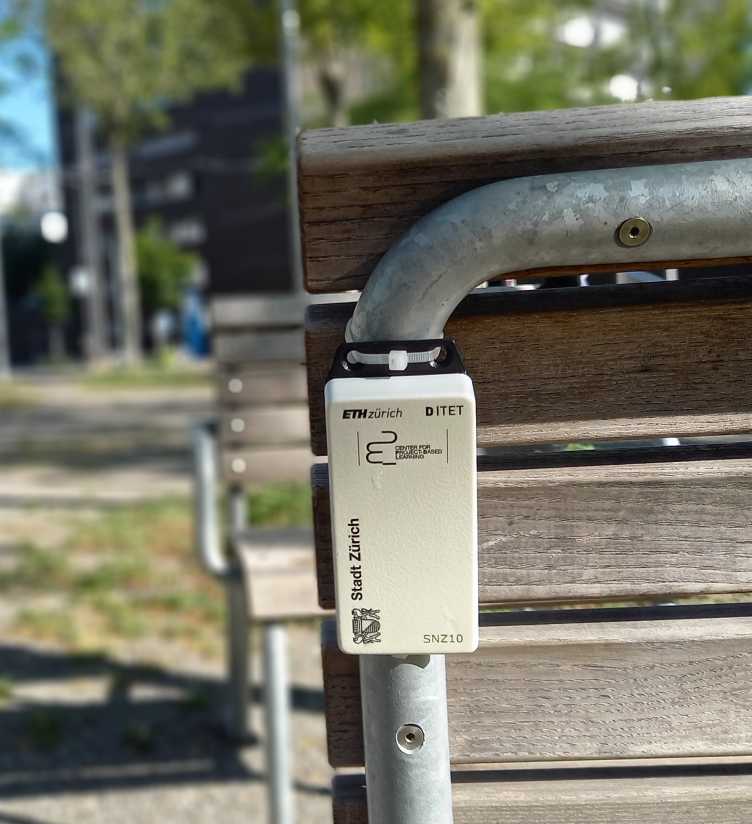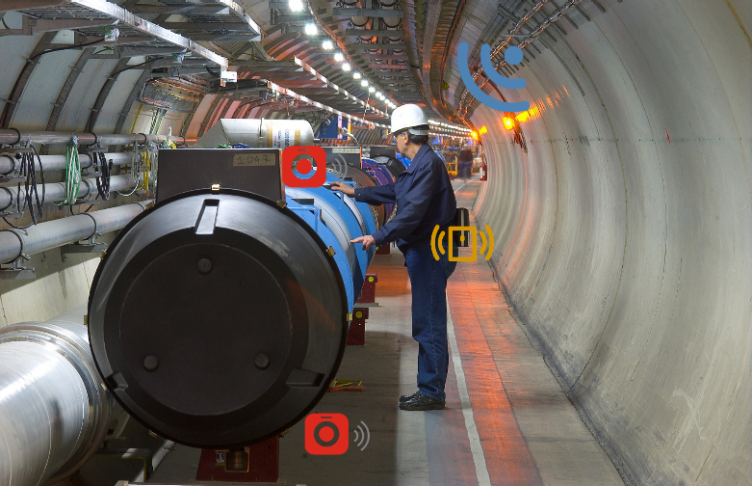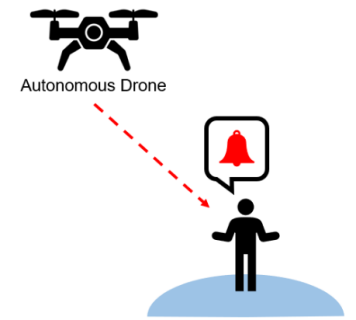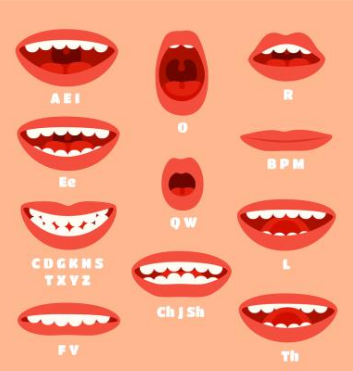Past Projects
We are pleased that PBL has been involved in several projects in the past.
PBL Flagship Project: SmartPatch for Biomedical Applications
Applying project-based learning to Bachelor/Seminar courses at D-ITET, ETH Zurich
PBL Flagship project: Smart Chair

Design and evaluate a low-power and possibly self-sustaining sensor platform, including LoRa and GNSS. The goal is to track the occupancy of movable public chairs in Zürich. Download For more information please download the flyer. (PDF, 869 KB)
CERN Collaboration

PBL is offering projects in collaboration with the CERN. The Bachelor's Thesis, as well as the semester and master projects, might also be done partially or entirely to the CERN in Geneva according to the student's preference.
An example of topics was:
- Smart Sensors System and application design for the CERN Tunnel
- Energy Harvesting for Sensors in the particular application Scenario.
- Localization and tracking using different technology i.e. mmWave or Ultra-wide Band
- Machine Learning on Microcontroller for radiation detection and people detection
- Communication of smart sensors
- Novel sensors for radiation
Emergency Signal Localization for Autonomous Drones

Autonomous drones can take care of various tasks for us in an extreme environment. One of the promising tasks is to search and rescue people in a dangerous situation (e.g., fire and landslide). In general, autonomous drones use computer vision to detect and localize their targets. However, there can be a situation where computer vision is helpless. In such situation, autonomous drones can use audio signals for localization. This project aims to implement sound source localization for small embedded boards with machine learning. Download PDF with more information (PDF, 277 KB)
Visual Speech Recognition with Optical Flow Camera

Humans understand speech not only based on auditory information but also based on visual information. When we speak, we should move our mouth properly according to the pronunciation of words. Therefore, the shape of our mouth provides visual information for listeners to correctly understand the word. This project aims to develop a visual speech recognition system with a state-of-the-art optical flow camera.Download PDF with more information (PDF, 209 KB)